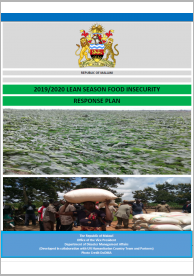
The TEPRP is a Multi-Hazards functional plan that sets forth appropriate actions to be taken in response to an emergency or major disaster including potential or imminent threat of any event. The TEPRP aims to facilitate the coordination for the delivery of resources and services necessary to deal with the consequences of an emergency or major disaster.








